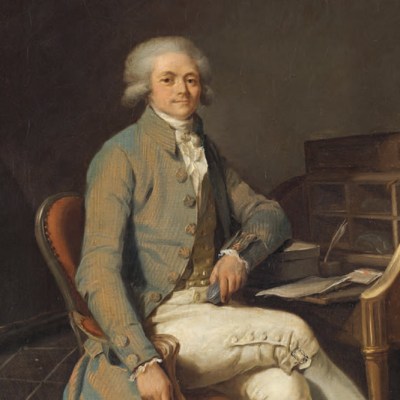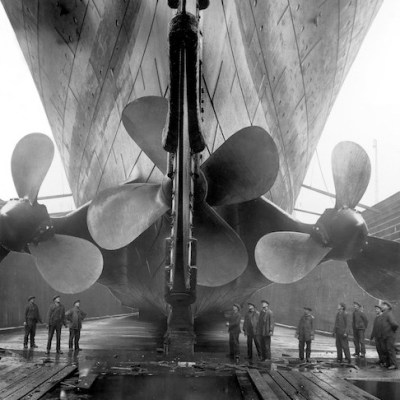From the September 2023 issue of Apollo. Preview and subscribe here.
I first encountered William McTaggart’s The Storm (1890) when I was a student of fine art in Edinburgh in the 1970s. This is how I wanted to paint. I was in awe of the energetic brushwork, the vivid colour and the artist’s ability to evoke movement, air and fleeting effects of atmosphere on a heroic scale. It was a hard lesson to learn that these skills are the result of a lifetime of practice, experimentation and dedicated study. It was soon clear to me that the immediacy and apparent ease of McTaggart’s painting were far beyond the reach of even the most enthusiastic novice.
Decades later, I am looking forward to enjoying this major work in a different setting. The Storm is part of a new presentation of historic Scottish art at our National Gallery that opens this month (30 September). A suite of 10 new galleries has been created for this part of the collection, by renovating an existing wing from the 1970s and excavating spaces beneath the original 19th-century building. Within a chronological framework, the works are grouped by theme, introducing key artists and movements, demonstrating the richness and variety of Scottish art from around 1800 to 1945. One display is devoted to McTaggart’s seascapes and, hanging nearby, The Storm represents his role in the development of a Scottish landscape tradition.
McTaggart, the son of Gaelic-speaking crofters, was brought up on the Kintyre peninsula and throughout his career returned to this remote part of the west coast for long painting trips in the summer. He was a keen sailor and amateur fisherman and his freely sketched drawings and watercolour studies are accurate in their detailed documentation of a way of life and a close-knit community that he knew extremely well.
The Storm (1890), William McTaggart. Scottish National Gallery, Edinburgh

His monumental painting of The Storm was a reprise of a smaller view of the same subject from 1883, probably depicting the bay at Carradale, on Kintyre’s east coast. In this later version, a livid dark sky hangs over an angry sea and a headland, a flash of light piercing the clouds. The canvas is a mesh of turbulent, swirling paint, rapidly brushed or scraped on with a palette knife. At first glance, it is easy to miss the tiny, agitated figures crowding across the beach or lying huddled in the foreground. The drama is simple but compelling. Out at sea, a tiny skiff has lost its sail in the wind and seems close to foundering. On the beach, figures scramble to launch a rescue craft. The success of this mission and the lives of loved ones hang in the balance.
McTaggart was devoted to painting in the open air – a later photograph shows him at work on a huge canvas on the beach at Machrihanish. But The Storm must be a studio production. While it seems unlikely that McTaggart ever witnessed such a scene on the relatively sheltered shores at Carradale, he would have been familiar with the dangers of the fishing industry and with harrowing accounts of disasters at sea.
McTaggart’s first biographer was his son-in-law James Caw, first director of the National Gallery of Scotland. A ferocious promoter of Scottish art, Caw presented McTaggart as an authentic, original talent, forged in his native country. In fact, the artist was open to many influences from further afield. He admired Whistler, was aware of the Hague School artists and probably knew work by Monet and the Impressionists. But an English artist, John Constable, seems to have been the dominant influence on his later work. He would have found inspiration in Constable’s emotional attachment to his landscape subjects and in his evocation of light and atmosphere through flickering highlights of paint. Nurtured in Scotland but open to the world – it is this combination of the national and transnational that we want to convey in our new displays in Edinburgh, where Scottish art will be shown with pride as a distinctive tradition but in an international, outward-looking context.
From the September 2023 issue of Apollo. Preview and subscribe here.


